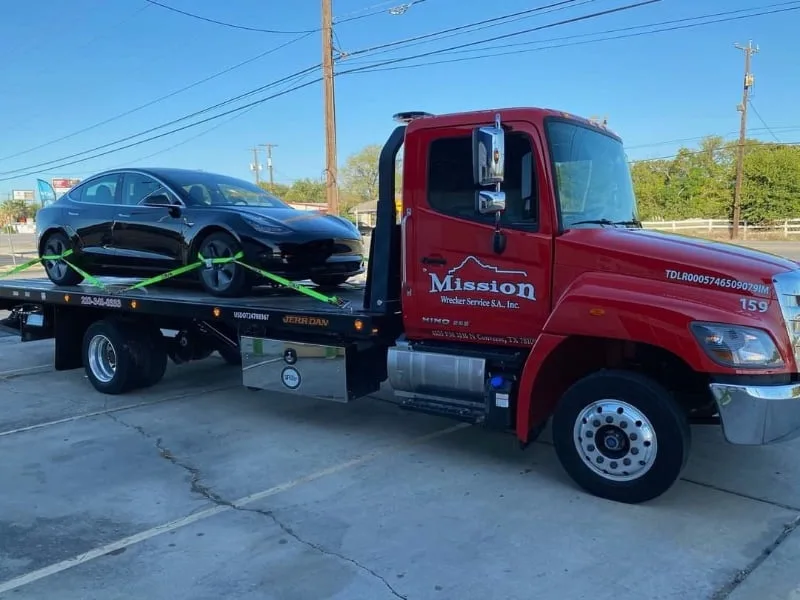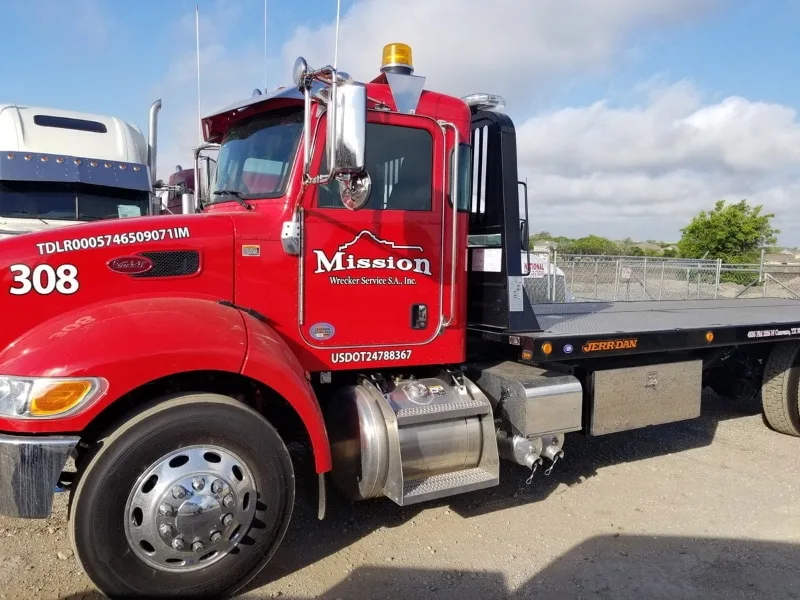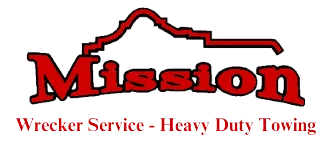Amped Up for Safety
Electric vehicles (EVs) are showing up on Texas roads in greater numbers every year. With new technology comes new towing considerations. When batteries fail, tires go flat, or accidents happen, Aldine flatbed towing plays a critical role in protecting both drivers and delicate new technology. Every successful tow—EV or otherwise—starts with understanding the vehicle’s systems, using the right equipment, and following manufacturer guidance. Local expertise and careful preparation keep breakdowns manageable and get electric vehicles back on the road safely.

Why Electric Vehicles Need Flatbed Towing
Unlike conventional vehicles, EVs cannot be towed using dollies or simple wheel-lifts. Most manufacturers warn against letting drive wheels spin in neutral or dragging any part of the car with power off. Internal electronics, high-voltage batteries, and direct-drive motors are not built for this type of stress. Flatbed towing eliminates these risks by placing all four wheels safely off the ground. This keeps wiring, sensors, and delicate modules from damage. Only one reason auto clubs and dealerships alike recommend flatbed trucks for roadside rescues.
What Operators Must Know Before Hookup
Every make and model of EV comes with unique manufacturer requirements. Before our towing crew arrives, owners should check the vehicle manual for “transport mode” instructions or any steps to deactivate the parking brake. Some mainstream models, like Tesla or Nissan Leaf, call for full power-down procedures or disconnecting the 12V battery to avoid accidental restarts or battery drain. Towing operators in Aldine stay up to date on these changes, but clear communication between driver and rescue team makes jobs faster and safer.
The Hidden Hazards: Battery Drain, Brakes, and Electronics
After a breakdown, some EV systems continue to draw electricity from battery packs and control modules, even when parked. Flatbed towing prevents battery drain during transport and avoids possible electrical shorts. Remote diagnostic checks, such as running through digital dashboards before towing, help find brake faults or issues with the car’s “sleep” mode. In Aldine flatbed towing, preparation can include looking for dashboard warnings, inspecting tires for unusual wear, and confirming that tie-down points are safe for use.
Securing the Vehicle Without Causing Damage
The right tie-down spots are essential for EV towing. Operators avoid using exposed battery terminals, suspension, or exhaust for straps. Aldine flatbed towing crews rely on frame rails or manufacturer-recommended anchor points. Even small mistakes like pulling on a coolant line or electric brake cable, can be costly, making careful hookup and ongoing operator training mandatory. Ramps and winches are used to load the vehicle gently, with checks for body clearance and system stability at every step.
What Drivers Should Share with Towing Crews
When a tow is needed, providing the EV’s make, model, year, and a full list of dashboard warning lights is a big help. If the car won’t start or if lockout is an issue, mention whether you have a backup key or phone app. Sometimes they can unlock features. Our Aldine flatbed towing crew plans their arrival and equipment based on these details, speeding up recovery and reducing risk on the highway.

Shockingly Simple: Mission Wrecker Offers Aldine Flatbed Towing for Electric Cars
At Mission Wrecker, we invest in ongoing training for our operators. That’s how we ensure our Aldine flatbed towing service is ready for the challenge of EV breakdowns. Our crews know the local area, the new technologies on the road, and the best practices to protect electric vehicles in every situation. With the right trucks and state-of-the-art equipment, Mission Wrecker provides safe, reliable towing for electric sedans, SUVs, and trucks across Aldine and Harris County. Contact Mission Wrecker to arrange Aldine flatbed towing when your EV needs help.
FAQ
1. Why can’t most EVs be towed with a dolly?
EVs have electric motors and sensitive components that can be damaged if their drive wheels spin without the system powered on. Almost all manufacturers recommend flatbed towing to keep every wheel stationary and protect vital electronics.
2. What is “transport mode” and why is it important?
Transport mode is a setting found in many electric vehicles that prepares the car for towing by disabling automatic brakes or other safety features. Activating it helps avoid accidental damage and ensures the vehicle can be moved safely.
3. How do I communicate my EV’s needs to a towing operator?
Provide your vehicle’s make, model, year, and describe any dashboard warning lights. Let the operator know if the car has special settings or if the wheels are locked. Specific details allow the towing crew to arrive with the right equipment.
4. Are there risks of battery drain during towing?
Some EVs may experience battery drain when systems remain active after a breakdown. Flatbed towing reduces this issue, but alert the tow crew about any recent electrical problems so they can check and minimize risks before transport.
5. What should operators inspect before towing EVs?
Operators should check manuals for manufacturer instructions, inspect tires, and identify proper tie-down points (never using battery terminals or suspension). They also review electronic dashboard alerts and confirm key safety systems are managed correctly.
6. Who should I call for expert towing in case of EV trouble?
Reach out to local towing specialists who have experience with electric vehicles, up-to-date training, and the right equipment. They can ensure a safe, damage-free tow and get you back on the road quickly.

